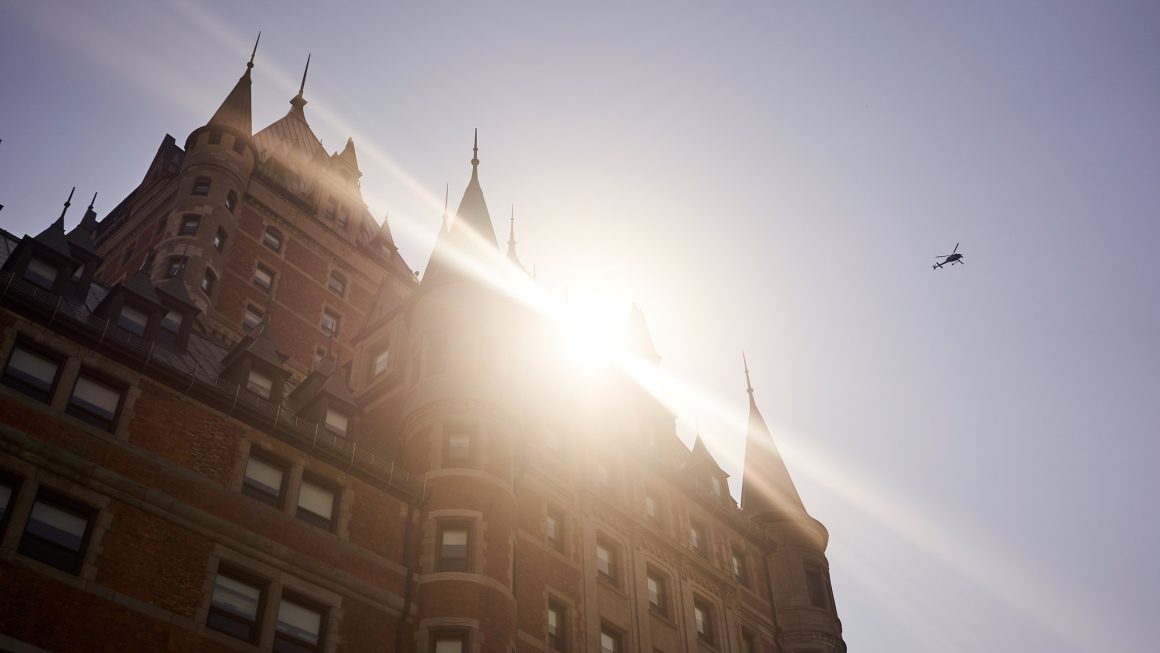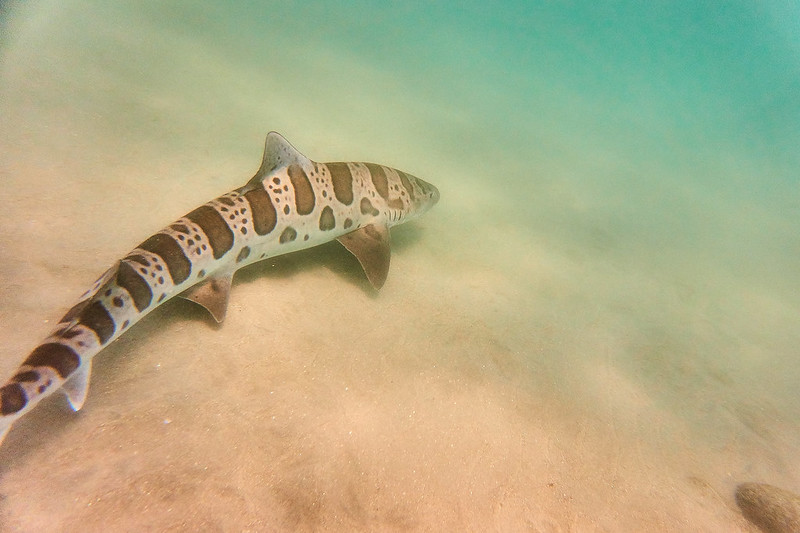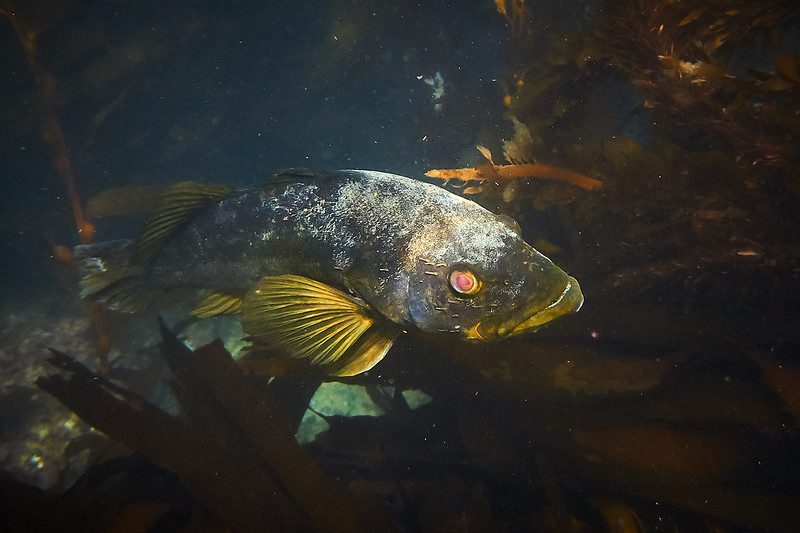I try to keep my finger on the pulse of the art community. Lately there have been whispers of an art bubble. Of course, we’ve heard this more than once before. I don’t know if there is such a thing as a bubble in art. Many collectors buy no matter what the price because they simply like the work – and many artists have regular buyers. Famous work usually doesn’t go down in price and fame in the art world, while fickle, only increases with age (or time after death). For an example we can look at Cy Twombly. Cy’s work used to be pummeled by art critics and his famous peers. It goes without saying that the $15 million selling point he earned on a canvas a few months ago (while still alive) is much more than what he made twenty years ago, or forty years ago. Before his death he was known as one of the top ten most expensive artists in the world.
So actual price probably doesn’t have much of a bubble. Sure prices may dip temporarily in a recession, but a famous artist’s work doesn’t stop selling. Why is that? Simply put, most good (or even most bad) art is out of the price range of 90% of the population. A painting of any decent size (a few feet) by even an unknown artist is going to have a selling point of at least a few hundred dollars. For a well known artist, ad a zero to the end. For someone like Damien Hurst, add multiple zeros. The 10% that can afford to buy art (or even have somewhere to keep/display it) are not the folks seen at gallery openings, and they’re not (as much) affected by recessions. Often collectors are given the chance to view art privately before it even goes on sale (ever wondered how all those “hot” pieces where already sold when you went to the opening of a show?).
On Friday Sam and I tried to attend the Corey Helford Gallery 5 year anniversary show.
We expected to check out a bunch of pieces by artists we’d been following for a few years now. What we got instead was a long not moving line going to the other end of the block.

After 20-30 minutes of the line not moving we decided to scoot on out of there. Clearly based on the above photo one would think that this is an indication of an “art bubble” preparing to burst. The new-brow art scene has been expanding every year in the past half-decade and has its own set of celebrities (Audrey Kawasaki, Tran Nguyen, Dabs Myla, etc.) However, what has been happening is a renewed INTEREST in the work, but not by those 10% that have the ability to purchase, they’ve always been there. Sure, there are more purchases since there are more people exposed to the work. But I have a feeling pieces bought by “average joes” are rare.
I almost bought a Julian Callos piece a few months ago – but I decided I just couldn’t spend that much money. Good thing I didn’t as in the last two months I’ve had my washing machine break for $400 and mechanical work on the Mazda for $300. If I’d have purchased the painting that “surprise!” money would have been much harder to come by. I’m a guy extremely interested in art and I know how to save money. And yet, I still haven’t purchased anything. What are the odds that the average joe’s that show up to a gallery like the above actually purchase anything? Not high.
This is, of course, why many of the celebrities of the new-brow movement have started selling limited edition prints of their paintings. Now the average joe can buy something. At this point a gallery opening does two things:
1) shows the originals to attendees so they can decide if they want a print
2) sells the originals to collectors
You may think #2 is the usual reason for having a show; “well of course they sell the originals to collectors!” However, the reason for an artist to have a show is probably less to do with making money from the sale and more to do with keeping the marketing system of showing at a gallery going. The artist doesn’t actually make a lot of money off of a gallery sale. Did you know that most galleries take a 50% cut of the selling price? If you do the math, even the new-brow celebrities aren’t getting rich purely from sales at gallery shows. They’re making money from print sales.
Exhibit A. A run of 300 prints, $200 each (without frame). Gross revenue was at least $60,000. To make that much gross off of a gallery show her paintings would have to be all over $5,000. While some approach that, remember that is GROSS. Divide in half for NET profit off of a gallery show because of the gallery commission. Now, before we even compare any longer a gallery show to a print let me remind you this is ONE PRINT. If she made and sold prints in this manner for TEN PRINTS from a ten painting gallery show she would have a gross of $600,000 from the prints. To make that amount of gross from a ten painting show she’d have to sell each painting for $60,000. Not happening. (not yet, anyway) And you can be sure that the printing and mailing cost for those prints isn’t 50% of the selling price.
I would assume, for Kawasaki, gallery shows are an advertising method to funnel print sales.
Galleries (good ones) today serve as a sort of verification process for the public. Anybody can be an “artist” and sell (crappy non color calibrated or signed) prints online, check out the 12 million members of DeviantArt. Of which probably 11,999,000 aren’t very good. Hard to get people interested in “real art” that way, isn’t it?
By featuring an artist or group of artists in a popular gallery, they are verified as “quality” artists worthy of the price tags. Of course a gallery opening has the additional punch of being a social gathering spot for the subset of the population that actually enjoys art. Unfortunate for folks like us who are there to study the work, and not stand around looking at each other.
The long lines seen at CHG last Friday are just an indication that the stand around and look cool population is growing, not that an art bubble is about to burst or even exists.
Of course this is only the opinion of an outsider looking in. From down the street.


